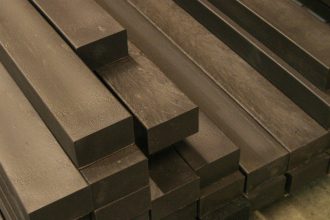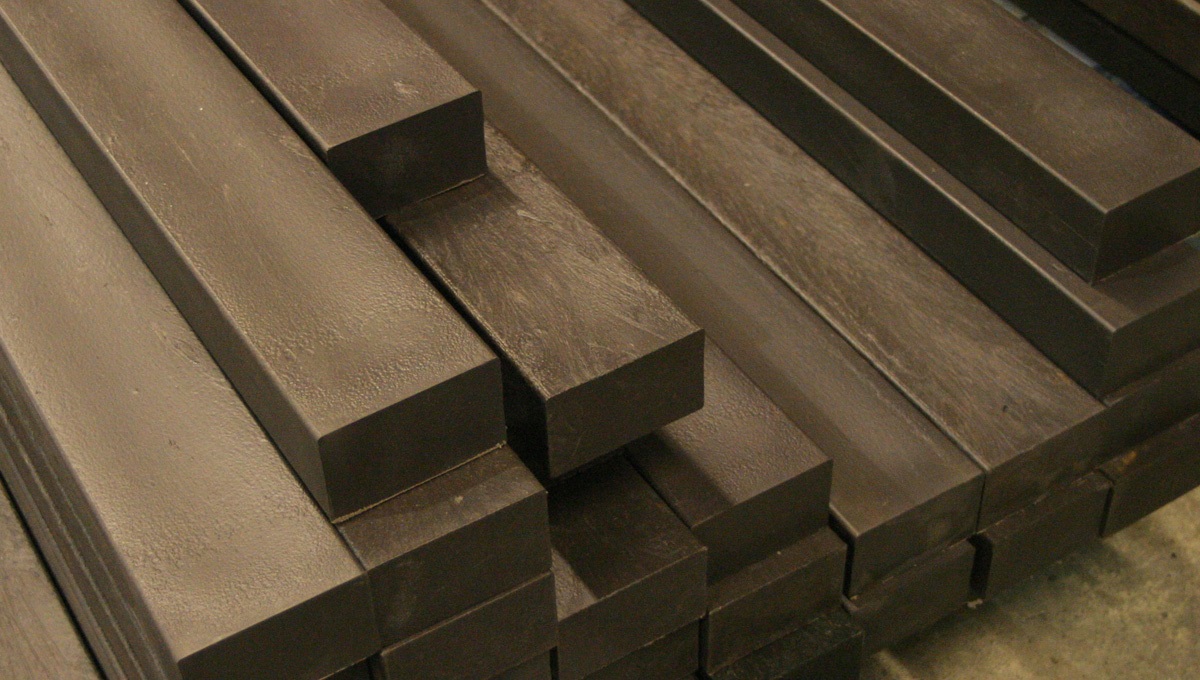Every day, millions of people interact with products made from trees – often without realising it. Whether in the form of packaging, clothing fibres, food additives, or personal care ingredients, woodfibre has become a quiet constant in modern life. And thanks to advances in forestry and material science, its role in a circular, low-carbon economy continues to grow.
Material science – the study of how substances behave, interact, and perform – plays a central role in this transformation. It enables researchers and engineers to understand the structure and properties of woodfibre at a molecular level, and to develop new applications that are both functional and sustainable. Through this lens, cellulose, lignin, and hemicellulose are no longer just components of a tree – they are building blocks for innovation.
Redefining value through the bioeconomy
Sappi Limited, a global producer of woodfibre-based materials, continues to redefine its role in the bioeconomy by expanding beyond traditional paper and packaging into high-value, renewable alternatives. With operations across South Africa, Europe, and North America, the company’s transformation is rooted in a strategic commitment to circularity, innovation, and responsible forestry.
“In South Africa, responsibly managed woodfibre is more than a resource – it’s a catalyst for innovation, inclusion, and climate resilience,” says Graeme Wild, CEO of Sappi Southern Africa. “From our certified plantations to our advanced bioproducts, we’re demonstrating how every part of the tree can support sustainable development – while creating real opportunities for local communities.”
At the heart of Sappi’s operations are over 400,000 hectares of sustainably managed plantations in South Africa. These tree farms are certified to international standards and cultivated specifically for industrial use. In fact, plantation forestry plays a vital role in carbon sequestration, biodiversity protection, and rural job creation.
Turning woodfibre into everyday innovation
Sappi’s dissolving wood pulp (DWP), marketed globally under the Verve brand and in South Africa is produced at its Saiccor Mill in KwaZulu-Natal and Ngodwana Mill in Mpumalanga, serves as a critical input in the manufacture of viscose and Lyocell – natural textile fibres that are increasingly adopted in fashion as sustainable alternatives. Wood based fibres are biodegradable, breathable, and traceable to responsibly sourced wood.
In the food and pharmaceutical sectors, microcrystalline cellulose (MCC), made from dissolving wood pulp, enhances product performance and consumer experience. MCC acts as a binder in vitamin tablets, a stabiliser in dairy and sauces, and a bulking agent in low-fat dressings – delivering functionality without added calories. It also features in cosmetics, contributing to texture and consistency in moisturisers and lipsticks.
Further innovation is seen in Valida, Sappi’s nanocellulose brand. With properties such as water retention, flow modification, and stabilisation, Valida offers a bio-based alternative to microplastics in personal care products, paints, adhesives, and even concrete admixtures. “Sustainable product development is not just a concept – it’s a design principle,” notes Giovanni Sale, Head of Sustainability. “Our approach ensures that every part of the tree is utilised, and that our products contribute to reducing fossil-based inputs across industries.”
Beyond cellulose, Sappi is advancing the use of lignin and hemicellulose – two other major wood components. Lignin is used in animal feed, agriculture, and construction, improving feed pellet binding, nutrient delivery, and concrete workability. Sappi’s Pelletin product has earned GMP+ certification, one of only two in Africa, underscoring its quality and safety.
Protecting forests in a changing climate
Healthy, productive forests are central to Sappi’s climate resilience strategy. With climate change posing a direct threat to this foundation – with shifting weather patterns, prolonged droughts, and extreme events capable of disrupting timber supply – proactive, long-term strategic planning to safeguard operations and ensure continuity across the value chain is part of our operating model.
“Forests are our greatest ally in the fight against climate change – but they’re also among the most vulnerable,” says Sale. “Our business model is built on renewable resources, so protecting those resources through climate action isn’t optional – it’s essential. We’re investing in mitigation and adaptation measures not just to safeguard our operations, but to contribute meaningfully to the resilience of the ecosystems and communities around us.”
Through photosynthesis, Sappi’s tree farms absorb carbon dioxide and release oxygen, with carbon remaining stored in wood-based products long after harvest. Recycling further extends this carbon lock-in, reinforcing the environmental value of paper and packaging. This natural sequestration process supports global climate goals, especially as fossil fuels remain the leading driver of climate change – accounting for over 75% of greenhouse gas emissions and nearly 90% of carbon dioxide output, according to the United Nations.
In addition to its responsible forestry management practices, Sappi is actively working to reduce its reliance on fossil fuels and lower the emission intensity of its products. These efforts are part of a broader commitment to climate mitigation – aimed at reducing pressure on ecosystems, water resources, biodiversity, and human health. At the same time, growing expectations from customers, investors, and regulators for more robust sustainability practices continue to shape the company’s approach to innovation, procurement, and operational efficiency.
Sappi’s forestry model also delivers social value. By maintaining inclusive access to the value chain, the company supports thousands of rural livelihood, many of whom are small-scale timber suppliers or employees. This integrated approach ensures that environmental stewardship and economic inclusion go hand in hand.
As global industries seek renewable, high-performance materials, Sappi’s woodfibre innovations demonstrate how managed forestry and circular design can deliver both environmental and economic value. From fashion to food, construction to cosmetics, the tree is being reimagined – not as a resource to be consumed, but rather as a foundation for sustainable growth.




